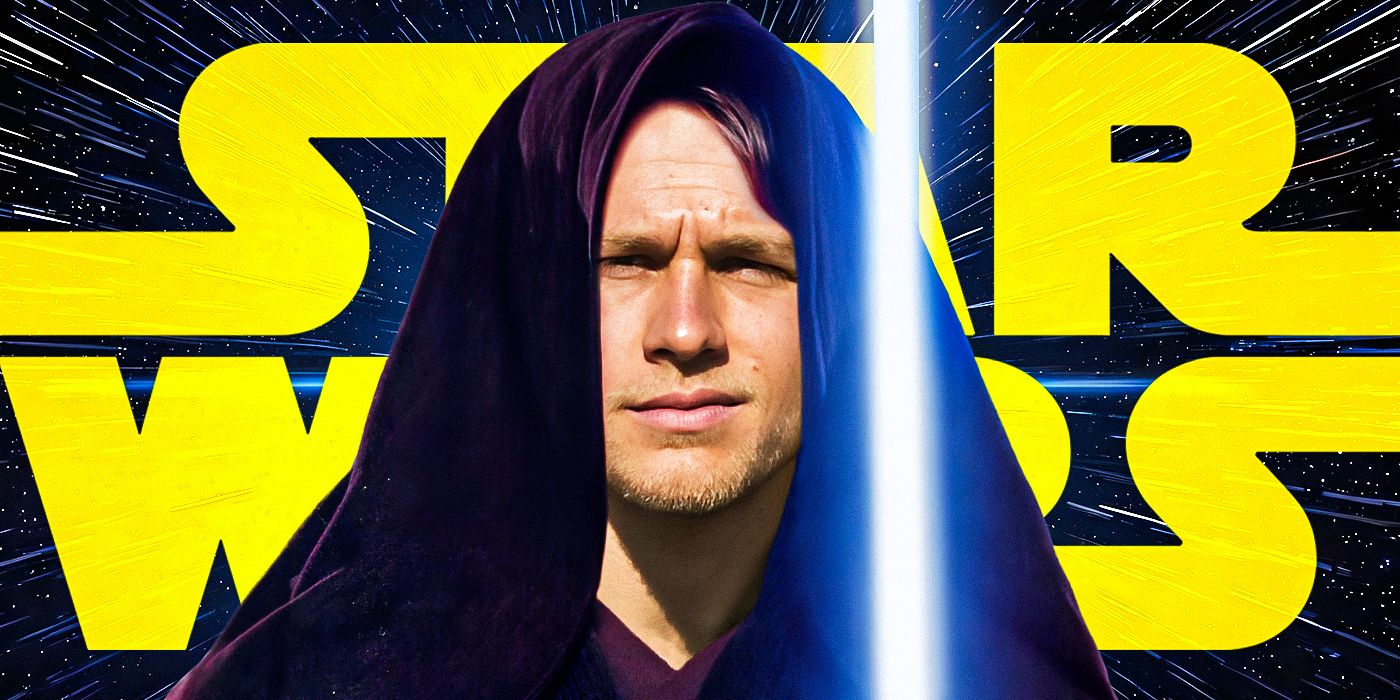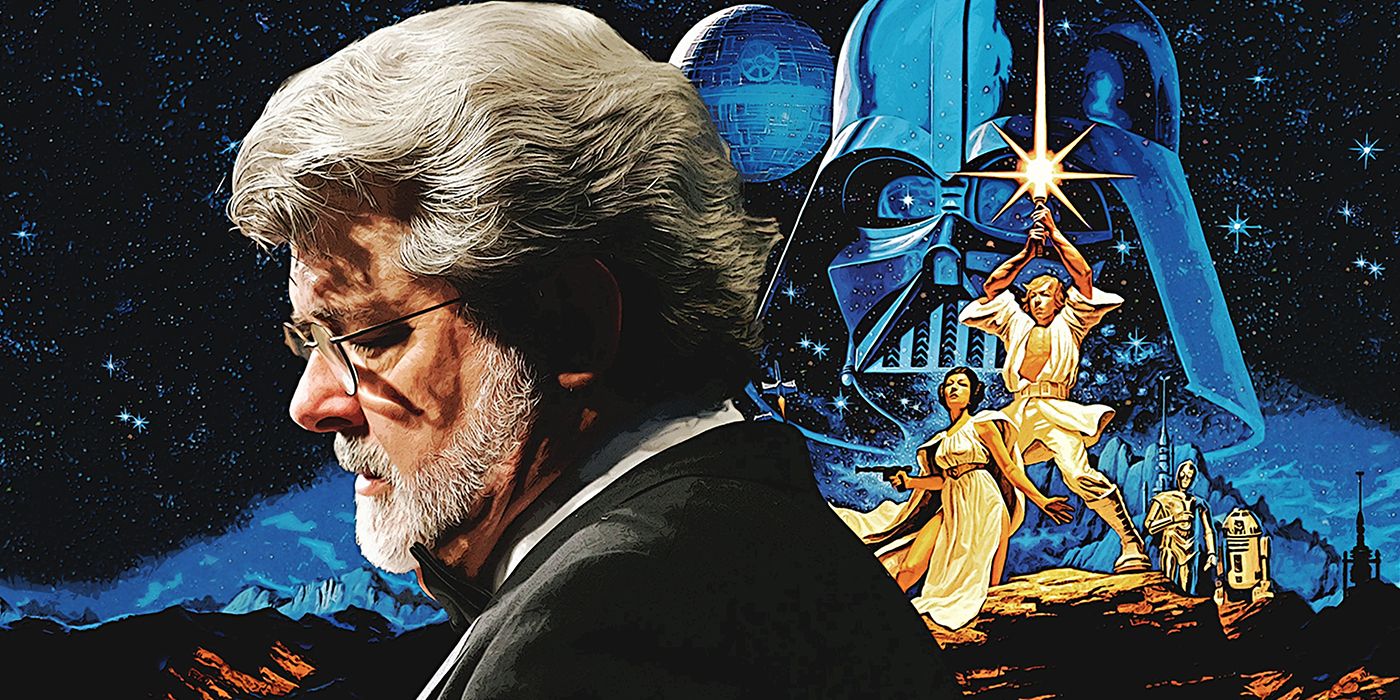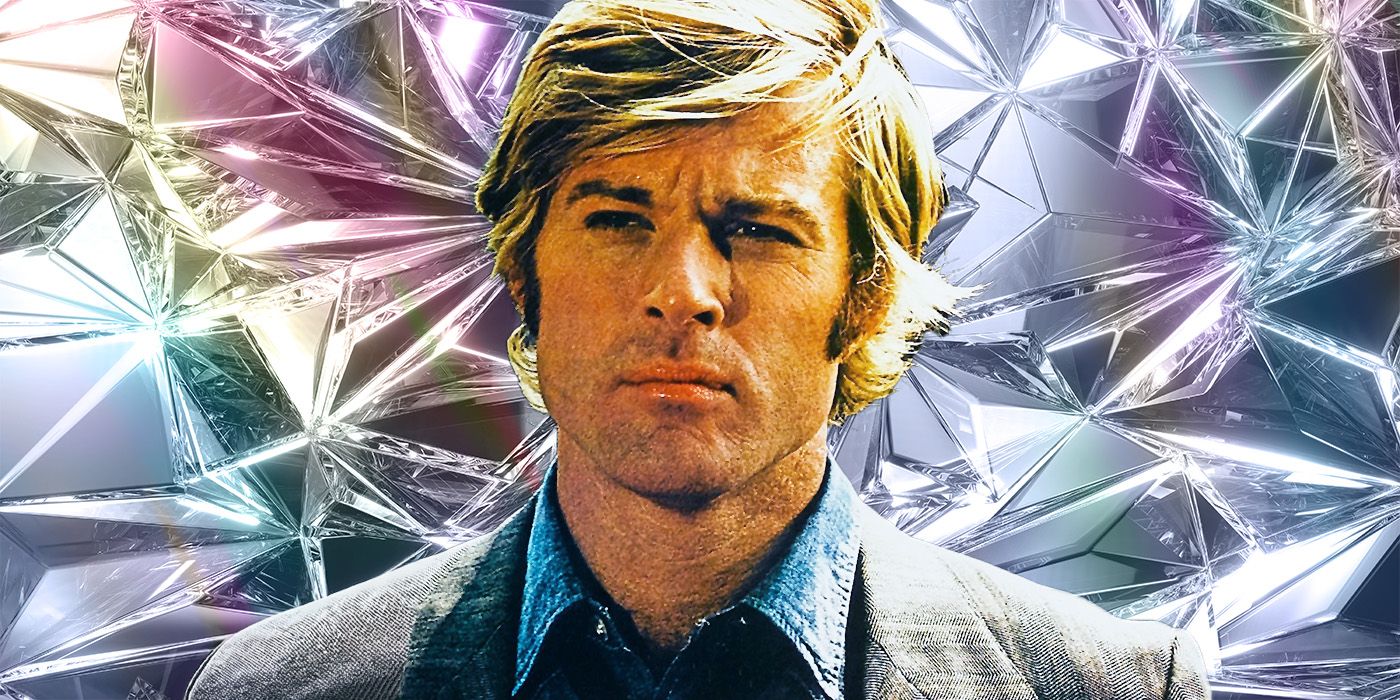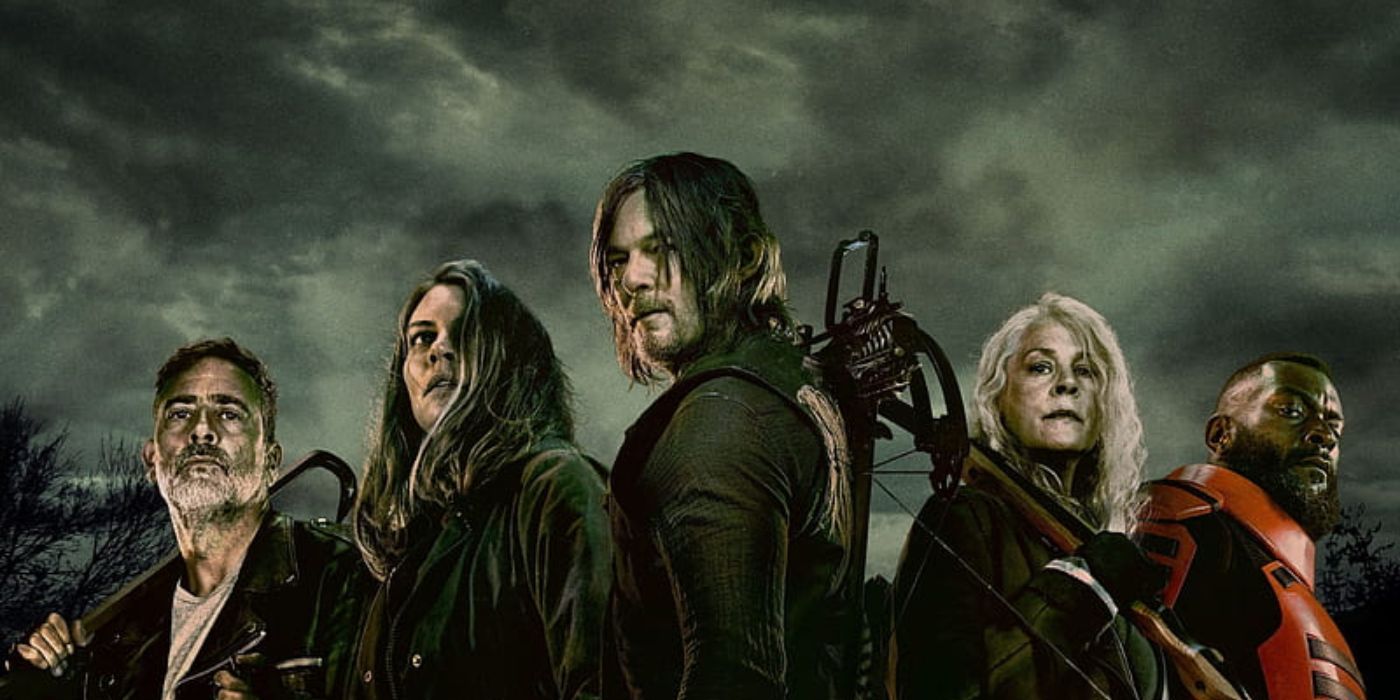The Big Picture
- The canceled Star Wars live-action series, Star Wars: Underworld, was intended to explore the underbelly of the galactic capital, Coruscant.
- The production of Star Wars: Underworld was hindered by the high cost of creating all the necessary visual effects and set designs.
- Although Star Wars: Underworld was never made, its ideas and elements influenced other Star Wars projects, such as The Clone Wars and The Book of Boba Fett.
Nowadays, we may take beloved characters like Ahsoka Tano (Rosario Dawson) and the child Grogu for granted, but there was once a time when the possibility of Star Wars expanding consistently to smaller screens was rather low — a time in which the galaxy far, far away still sprawled mostly from the mind of a single person, creator George Lucas. He was one month away from concluding what was thought to be its full saga in theaters when, in April 2005 at Celebration III, he announced the production of two brand-new TV shows. One would grow to become The Clone Wars, but the other, a live-action series known as Star Wars: Underworld, never saw the light of day. Let’s see why.
Star Wars: The Clone Wars
Jedi Knights lead the Grand Army of the Republic against the droid army of the Separatists.
- Release Date
- October 3, 2008
- Creator
- George Lucas
- Rating
- TV-PG
- Seasons
- 7
- Studio
- Cartoon Network
What Was ‘Star Wars: Underworld’ About?
The initial idea behind the new projects George Lucas announced at Celebration III was to cover two periods that seemed the most intriguing at the time: the Clone Wars and the 19 years between Revenge of the Sith and A New Hope, when the Empire reigned supreme across the galaxy. Back in 2005, the latter was a period that interested fans, as it was the galaxy in which characters like Luke Skywalker (Mark Hamill), Leia Organa (Carrie Fisher), and Han Solo (Harrison Ford) grew up, and that set the stage for the Original Trilogy to take shape.
But Lucas planned to start fresh and tell a completely new story with Star Wars: Underworld. Characters like Darth Vader (James Earl Jones) and the Emperor (Ian McDiarmid) would only be mentioned, no established characters would show up, and the setting would be mostly the underbelly of the galactic capital, Coruscant. There are now plenty of works exploring these mean streets, from The Clone Wars Season 7 to the videogame Jedi: Survivor, but, back then, we had only seen a glimpse of it in Attack of the Clones. An action sequence takes Anakin Skywalker (Hayden Christensen) and his master, Obi-Wan Kenobi (Ewan McGregor), to the lower levels of the capital, where there are many dark alleys, shady dive bars, and beings that don’t seem very friendly.

Charlie Hunnam Blew His Chance To Play Anakin Skywalker
Hunnam said his “awkwardness” cost him the opportunity to play the young Jedi.
There were no character descriptions or even a story premise confirmed, but George Lucas had a very similar approach to Star Wars: Underworld to the one he had for the movies, seeking inspiration from the classics of old. This time, though, he intended to base the new series on film noir movies from the 1940s. There would be less action and a lot more dialogue. “It’s more of what I would call a soap opera with a bunch of personal dramas in it,” he said at the time. We now have the example of Andor to prove that this kind of approach does work in Star Wars, and perhaps Lucas’ Underworld could have gone through similar lines. What stopped him, though, were problems similar to those he faced when making the movies, too.
What Kept ‘Star Wars: Underworld’ From Happening?
In 2020, test footage made by Stargate Studios for Star Wars: Underworld resurfaced on the internet and left many fans curious about the project. The sequence shows an unnamed rebel operative smuggling the plans for the Imperial Class Star Destroyer in the neon haze of Coruscant’s lower levels, as Stormtroopers investigate it. The whole atmosphere is nearly identical to what’s seen in Attack of the Clones, made with virtual sets, only dirtier and grittier. But it feels a lot like George Lucas’ Star Wars.
Unfortunately, it’s exactly this “Lucas feel” that proved to be one of the problems Underworld faced. An international writers’ room was assembled, with the main guidelines Lucas gave being to think big, as the Outlander and Battlestar Galactica writer and producer Ronald D. Moore told Collider. He shared, “The theory was George wanted to write all the scripts and get them all done, and then he was going to go off and figure out how to produce them because he wanted to do a lot of cutting-edge technological stuff with CG and virtual sets and so on.” Nowadays, that’s enough for anyone to think of Industrial Light and Magic’s StageCraft technology (aka “the Volume”) as an answer, but, back in the late 2000s, there was nothing like it. Everything had to be created. Current Lucasfilm president and long-time George Lucas producing partner Kathleen Kennedy recalled to Vanity Fair in 2022: “I think part of the reason there was a reluctance to even ever think of Star Wars on television is we have to create everything. […] Every ship, every speeder bike, every bit of costuming, everything has to be created. So it’s a huge expense.”
The challenge was to achieve feature film visual effects for a fraction of the cost and make it scalable for television, and it just wasn’t feasible. Back in 2012, in an interview with Collider, producer Rick McCallum mentioned the goal of having a budget of $5 million per episode, but that they were still far from being able to accomplish it. He said, “So imagine an hour’s episode with more digital animation and more visual effects and more complicated in terms of set design and costume design than a two-hour movie that takes us three years to make, and we have to do that every week, and we only have $5 million to do it.” As always, Lucas was ahead of his time — just a little too far ahead, as it turns out. Technical innovation has always been at the core of Star Wars, but there are times when it’s necessary to admit technology still hasn’t caught up to our vision.
‘Star Wars: Underworld’ Left an Important Legacy at Lucasfilm
Star Wars: Underworld was pretty much the last big project George Lucas worked on before Disney’s acquisition of Lucasfilm in December 2012. When he left Star Wars for good, the technological innovations he was looking for still hadn’t happened. ILM VFX supervisor Richard Bluff, who worked with Lucas on Revenge of the Sith and on Underworld, shared with Vanity Fair: “A few years later, working on this TV show with George, they were largely the same tools. And there really wasn’t that breakthrough that he was looking for.” This breakthrough would come, though, with Bluff himself playing a big role in making it happen when ILM developed the Volume to create digital sets for The Mandalorian. “When George came down to Manhattan Beach and looked at what we were doing, he was like, ‘Oh, this is what I wanted to do,'” recalled Kathleen Kennedy.
Unfortunately, technological advancements can’t be rushed, so we never got to see what exactly George Lucas wanted to do with Star Wars: Underworld. Thankfully, his pupil and current Chief Creative Officer at Lucasfilm, Dave Filoni, was working with him on The Clone Wars at the same time, and incorporated many aspects of Underworld into his own work. He told Vanity Fair, “It’s something we’re very precious with at Lucasfilm because it represents this big piece of work that George did before he basically left Star Wars.” According to him, Lucas himself liked looking up the Lucasfilm archives to figure out where he could use the things he liked.
According to Filoni, some of it can be seen in The Clone Wars Season 7, in Ahsoka Tano’s (Ashley Eckstein) arc in Coruscant. For example, the big metal sinkholes that connect the planet’s surface to its lower levels were conceived by Lucas for Star Wars: Underworld. A story element that ended up being used in The Clone Wars and later in The Book of Boba Fett is the spice-running Pyke Syndicate. Even things like Palpatine’s first name, “Sheev,” were apparently thought of by Lucas for his series, but found their way to the public like in James Luceno‘s Tarkin novel. The Force works in mysterious ways, and it’s a pity that Underworld never got made, but it’s as Filoni says: “I think in time, you’ll find with Star Wars that there’s a place for everything. We just have to find it.”
Star Wars: The Clone Wars is available to stream on Disney+.
Watch on Disney+




